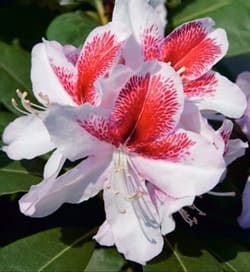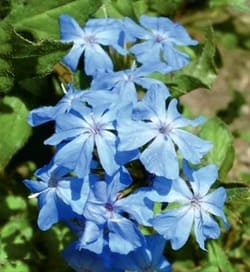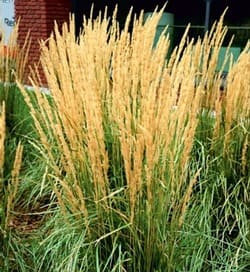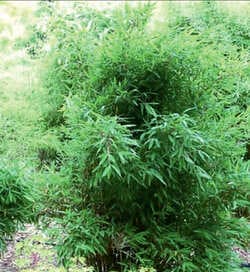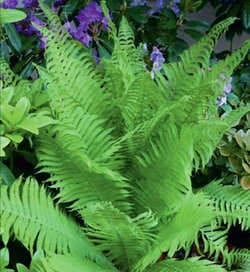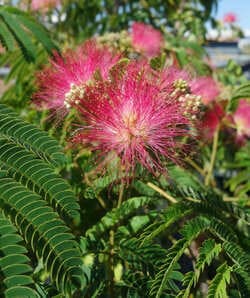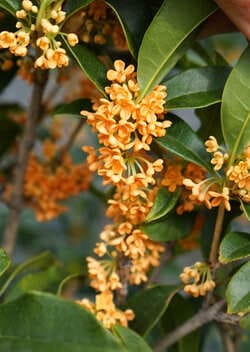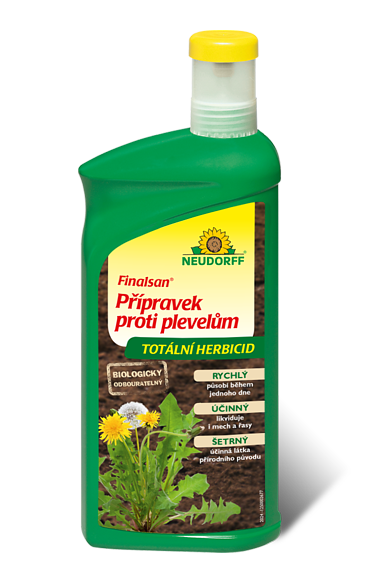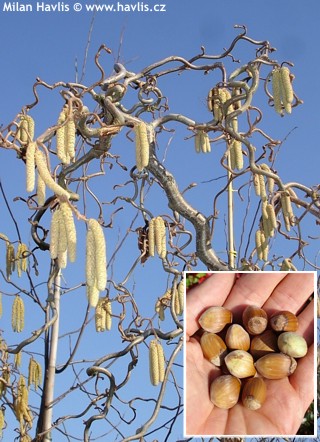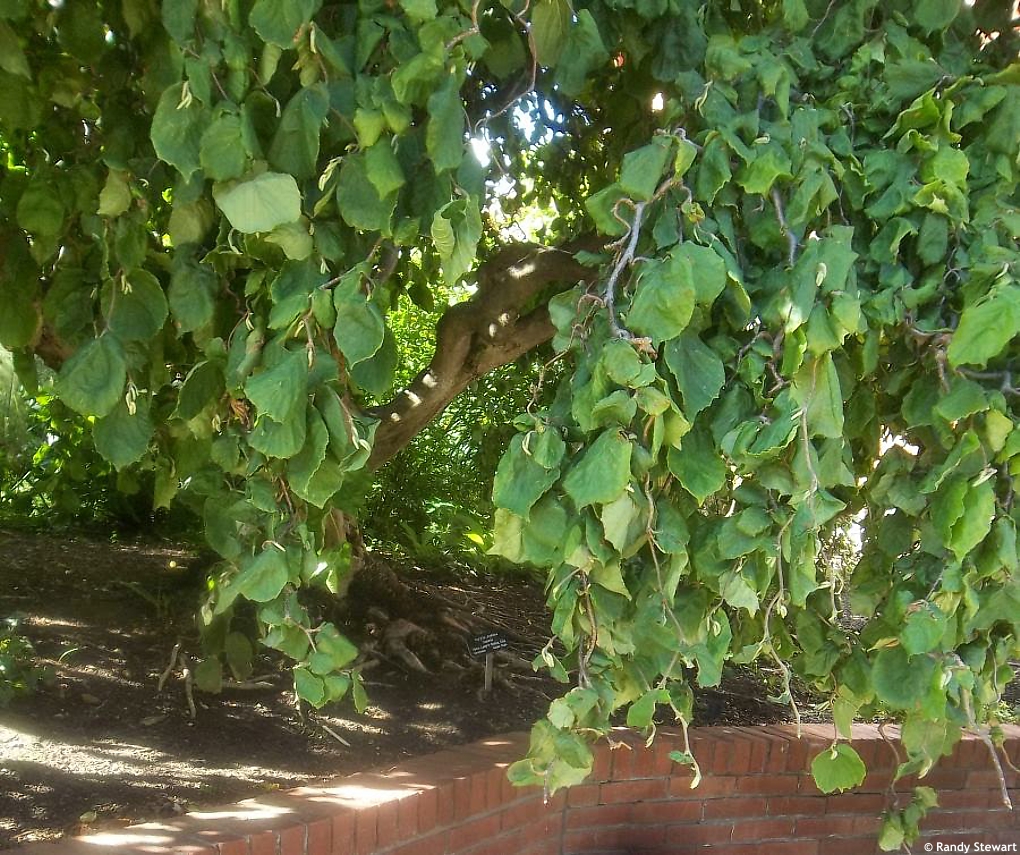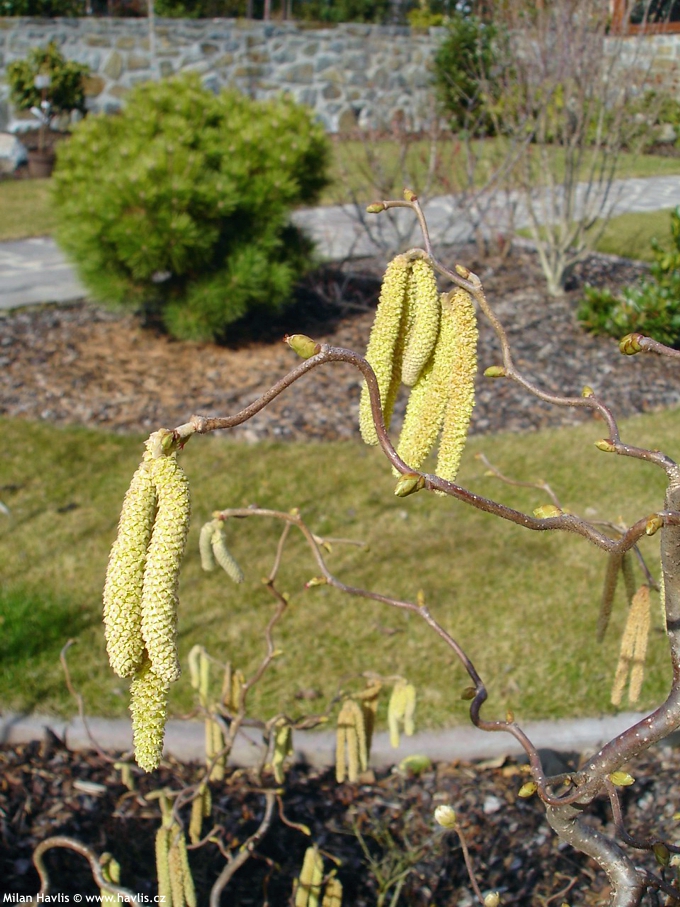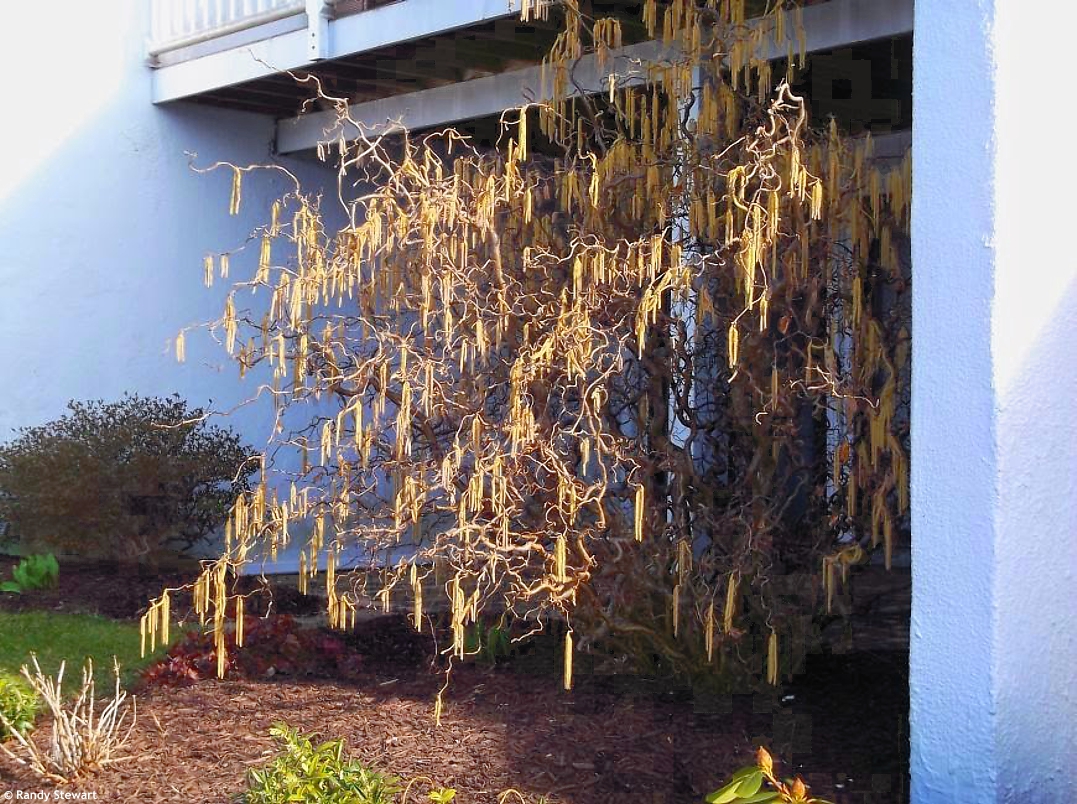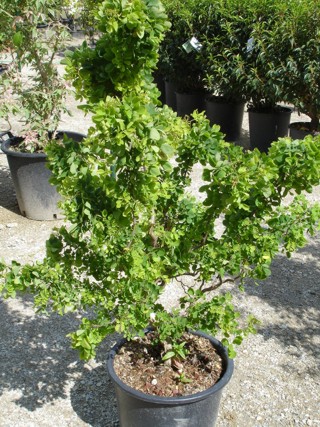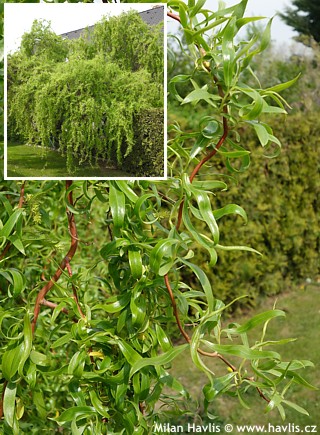Corylus avellana 'CONTORTA' corkscrew hazel, Harry Lauder's walking stick, European hazelnut
Corylus
Hazelnuts do not need any introduction in Czechia or even the whole Europe as it is our domestic plant. All of us know them for their delicious nuts which are a natural food for our body and an important ingredient of many recipes. It is usually a medium to fast growing shrub with many upright shoots. But there are also cultivars that offer something special, such as this beauty.
Contorta is a contorted version of our European hazelnut. It was found as a spontaneous mutation of a branch in a hedge in Tortworth, England, in the middle of 1800’s by a Victorian gardener Canon Henry Nicholson Ellacombe. Enthusiastically and willingly he cut off a twig brought it to his friend, another enthusiastic gardener, Edward August Bowles, to multiply it and plant it in his so-called The Lunatic Asylum, as Bowles called his experimental garden in Myddelton, where he cultivated all possible freaks and weirdos of the plants world, in which he found beauty. He also found it in this twisted mutation, which was named Harry Lauder’s Walking Stick at the beginning of the 19th century in honour of the Scottish entertainer.
Contorta hazelnut grows rather slowly and makes strong, irregularly twisted branches on a small tree or shrub. It looks as of a mysterious forest somewhere in Hogwarts. In spring, it blooms profusely with 4-7 cm long, yellowish catkins, followed by edible nuts in late September, not many, but nice. That is, if the squirrels don't steal them first. Deciduous leaves are typically rounded, serrated, medium green, 8-10 cm long and in autumn turn yellow for a short period of time. You can expect an adult size of some 3 meters at the age of about 25 years.
It can be pruned almost anytime, but if you are growing it for fruit, cut it right after flowering not to lose the fruiting branches. Hazel is not demanding on the soil type. It grows almost everywhere, even in heavy and wet soils where it will exhibit slow growth and thinner branching. If you grow it for fruit, plant it in fertile, well-drained, preferably calcareous soil and provide a pollinator – another hazelnut nearby. Fully hardy to at least -34 °C, some sources even claim -40 °C.
Last update 17-07-2013; 10-11-2021












